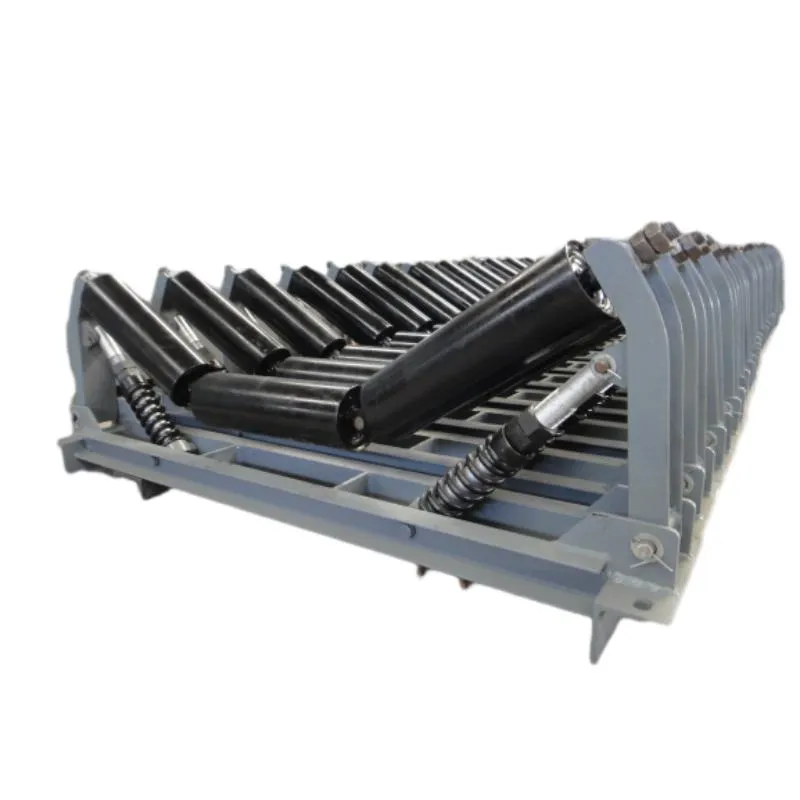 Afrikaans
Afrikaans  Albanian
Albanian  Amharic
Amharic  Arabic
Arabic  Armenian
Armenian  Azerbaijani
Azerbaijani  Basque
Basque  Belarusian
Belarusian  Bengali
Bengali  Bosnian
Bosnian  Bulgarian
Bulgarian  Catalan
Catalan  Cebuano
Cebuano  Corsican
Corsican  Croatian
Croatian  Czech
Czech  Danish
Danish  Dutch
Dutch  English
English  Esperanto
Esperanto  Estonian
Estonian  Finnish
Finnish  French
French  Frisian
Frisian  Galician
Galician  Georgian
Georgian  German
German  Greek
Greek  Gujarati
Gujarati  Haitian Creole
Haitian Creole  hausa
hausa  hawaiian
hawaiian  Hebrew
Hebrew  Hindi
Hindi  Miao
Miao  Hungarian
Hungarian  Icelandic
Icelandic  igbo
igbo  Indonesian
Indonesian  irish
irish  Italian
Italian  Japanese
Japanese  Javanese
Javanese  Kannada
Kannada  kazakh
kazakh  Khmer
Khmer  Rwandese
Rwandese  Korean
Korean  Kurdish
Kurdish  Kyrgyz
Kyrgyz  Lao
Lao  Latin
Latin  Latvian
Latvian  Lithuanian
Lithuanian  Luxembourgish
Luxembourgish  Macedonian
Macedonian  Malgashi
Malgashi  Malay
Malay  Malayalam
Malayalam  Maltese
Maltese  Maori
Maori  Marathi
Marathi  Mongolian
Mongolian  Myanmar
Myanmar  Nepali
Nepali  Norwegian
Norwegian  Norwegian
Norwegian  Occitan
Occitan  Pashto
Pashto  Persian
Persian  Polish
Polish  Portuguese
Portuguese  Punjabi
Punjabi  Romanian
Romanian  Russian
Russian  Samoan
Samoan  Scottish Gaelic
Scottish Gaelic  Serbian
Serbian  Sesotho
Sesotho  Shona
Shona  Sindhi
Sindhi  Sinhala
Sinhala  Slovak
Slovak  Slovenian
Slovenian  Somali
Somali  Spanish
Spanish  Sundanese
Sundanese  Swahili
Swahili  Swedish
Swedish  Tagalog
Tagalog  Tajik
Tajik  Tamil
Tamil  Tatar
Tatar  Telugu
Telugu  Thai
Thai  Turkish
Turkish  Turkmen
Turkmen  Ukrainian
Ukrainian  Urdu
Urdu  Uighur
Uighur  Uzbek
Uzbek  Vietnamese
Vietnamese  Welsh
Welsh  Bantu
Bantu  Yiddish
Yiddish  Yoruba
Yoruba  Zulu
Zulu spiral return idler
The Role and Importance of Spiral Return Idlers
In the realm of conveyor systems, particularly in material handling, spiral return idlers play a pivotal role in enhancing operational efficiency and reducing wear on equipment. Understanding their function and advantages can provide valuable insights for industries that rely heavily on conveyor systems for their daily operations.
Spiral return idlers are specialized components designed to support the return side of a conveyor belt. Unlike traditional idlers, which are typically straight, spiral return idlers feature a helical design that permits a smooth and continuous return of the belt. This design minimizes friction and wear, allowing for a more efficient and longer-lasting operation.
One of the primary benefits of using spiral return idlers is their ability to maintain proper belt tracking. When a conveyor belt operates, it can sometimes veer off its intended path, leading to misalignment that may cause inefficiencies or damage. Spiral return idlers help to keep the belt centered, reducing the risk of misalignment and ensuring that materials are transported effectively. This is particularly crucial in applications where precision is vital, such as in mining or manufacturing environments.
spiral return idler

Moreover, spiral return idlers contribute to a reduction in the overall weight of the conveyor system. Traditional return idlers can be quite heavy, requiring robust support structures that add to the overall cost and complexity of the system. In contrast, the design of spiral return idlers can allow for lighter construction, making the system more cost-effective and easier to install. This lightweight nature also facilitates quicker maintenance and replacement, thus minimizing downtime.
Another significant advantage is the improved material handling capability. Spiral return idlers allow for better flow of materials, especially in applications involving bulk materials such as coal, sand, or gravel. The helical shape helps to prevent the material from becoming trapped or jammed, ensuring a smooth and continuous flow. This can ultimately lead to increased productivity and reduced material loss during transportation.
To optimize the performance of spiral return idlers, it is crucial to select the right materials and designs suited for specific operational conditions. Factors such as the weight and type of material being transported, as well as the environmental conditions, all play a role in determining the most effective idler design. Utilizing high-quality materials also ensures that the idlers resist wear and tear over time, thus providing a longer service life.
In conclusion, spiral return idlers are an integral component of modern conveyor systems. Their unique design not only improves belt tracking and reduces friction, but also enhances material handling capabilities while minimizing overall system weight. For industries that depend on efficient and reliable material transfer, investing in high-quality spiral return idlers can lead to significant operational benefits, including increased productivity and reduced maintenance costs. As technology continues to advance, the innovation surrounding these idlers is likely to evolve, further enhancing their effectiveness in various applications. Embracing these advancements can be a key step towards optimizing material handling processes in diverse industries.
-
Revolutionizing Conveyor Reliability with Advanced Rubber Lagging PulleysNewsJul.22,2025
-
Powering Precision and Durability with Expert Manufacturers of Conveyor ComponentsNewsJul.22,2025
-
Optimizing Conveyor Systems with Advanced Conveyor AccessoriesNewsJul.22,2025
-
Maximize Conveyor Efficiency with Quality Conveyor Idler PulleysNewsJul.22,2025
-
Future-Proof Your Conveyor System with High-Performance Polyurethane RollerNewsJul.22,2025
-
Driving Efficiency Forward with Quality Idlers and RollersNewsJul.22,2025





























